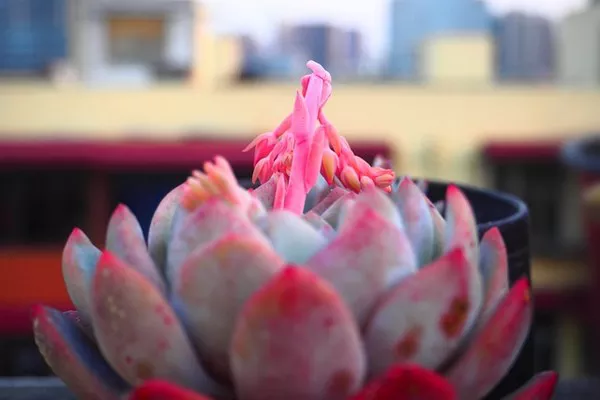Succulents have captivated gardeners and plant enthusiasts around the world with their unique forms, diverse colors, and adaptability to various climates. These remarkable plants are renowned for their ability to store water in their thick leaves, stems, or roots, enabling them to survive in arid environments. But have you ever wondered where succulents originate from? In this article, we will embark on a journey to uncover the origins of succulents, exploring their natural habitats and the wondrous places they call home.
Succulents are not confined to a single geographic region but can be found scattered across several continents. They have evolved in diverse ecosystems, adapting to survive in harsh conditions such as deserts, mountains, and coastal areas. Let’s explore some of the key regions where succulents thrive:
Africa: The Cradle of Succulent Diversity
Africa is hailed as the birthplace of succulents, boasting an astonishing array of species across its vast landscapes. The arid regions of Southern Africa, particularly Namibia and South Africa, harbor an abundance of succulent treasures. This region is characterized by a Mediterranean climate, with hot, dry summers and cool, wet winters. Notable succulent-rich areas include the Richtersveld, Namaqualand, and the Karoo desert.
In Namibia, the Namib Desert showcases the resilience of succulents with its unique flora. Welwitschia mirabilis, the living fossil, can be found here, along with other iconic succulents like Lithops (also known as “Living stones”) and Hoodia gordonii, a succulent used by indigenous tribes for its appetite-suppressing properties.
South Africa boasts an extraordinary diversity of succulents, including Aloes, Crassulas, and Euphorbias. The Succulent Karoo, a biodiversity hotspot, is home to approximately one-third of the world’s succulent species, making it a must-visit destination for succulent enthusiasts.
Americas: Succulents from North to South
The Americas harbor a significant number of succulent species, ranging from the iconic cacti of North America to the stunning bromeliads and agaves of Central and South America. The deserts of the southwestern United States, including Arizona, Texas, and California, are well-known for their remarkable diversity of cacti and other succulents. Moving southwards, the deserts of Mexico, such as the Sonoran Desert and the Chihuahuan Desert, boast unique succulent ecosystems.
In the United States, the Sonoran Desert stands out as a hotbed of succulent diversity, hosting iconic species like the Saguaro cactus (Carnegiea gigantea) and the Barrel cactus (Ferocactus). The Organ Pipe Cactus National Monument in Arizona provides a glimpse into the rich succulent flora of the region.
Central and South America offer a wealth of succulent wonders. Brazil, known for its lush rainforests, also supports unique succulent species like the Bromeliads and the Cereus cacti. Argentina boasts impressive diversity with its columnar cacti, including the famous Trichocereus species. Chile is home to desert-adapted genera such as Copiapoa and Eriosyce.
Europe and the Mediterranean Basin
Though not traditionally associated with succulents, Europe and the Mediterranean Basin have their fair share of remarkable species. The Canary Islands, situated off the northwest coast of Africa, host a diverse range of endemic succulents, including the iconic Aeoniums and Euphorbias. Other Mediterranean countries like Spain, Italy, and Greece also support several indigenous succulent species that have adapted to cope with the region’s dry, hot summers and mild, rainy winters.
In the Canary Islands, the volcanic landscapes provide a unique habitat for succulents. Species like Aeonium arboreum, Aeonium tabuliforme, and Euphorbia canariensis showcase the beauty of European succulent flora.
Asia and Australia: Hidden Succulent Gems
Asia is a lesser-known but significant contributor to the world of succulents. Countries like China, India, Madagascar, and Socotra (an island belonging to Yemen) harbor unique succulent species that have evolved in response to their respective climatic conditions.
China boasts diverse succulent flora across its vast territory. The Yunnan province in southwestern China is particularly rich in succulents, including various Sedum, Crassula, and Agave species. The stone forests of Shilin showcase the artistic beauty of lithophytic succulents.
conclusion
These regions have distinct climatic conditions that have shaped the evolution and adaptation of succulent plants over time. Succulents have evolved their water-storing capabilities and other survival strategies to thrive in these often challenging environments.


